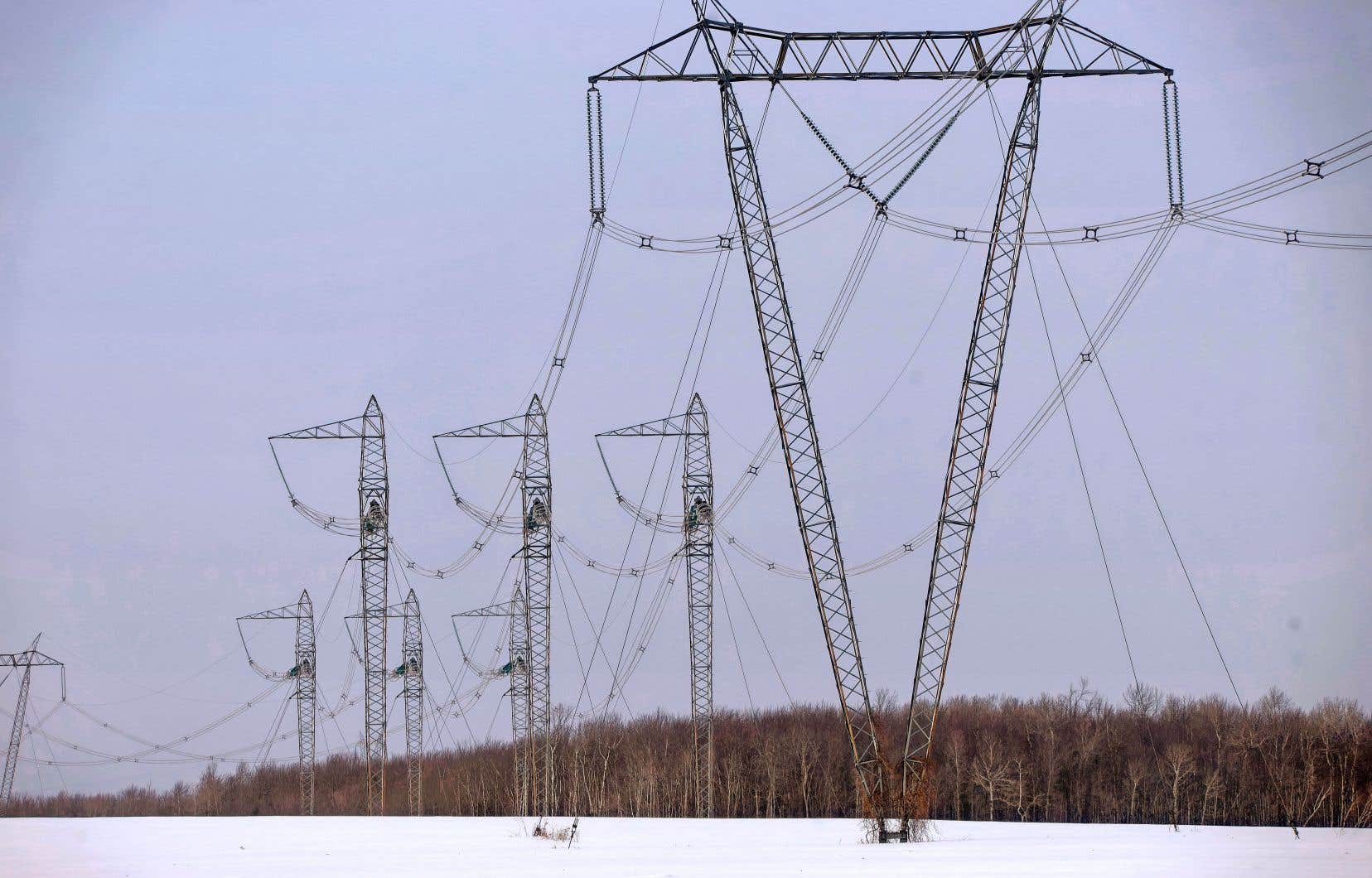Forced to bypass agricultural land to supply the open-pit mine that Nouveau Monde graphite is planning in Lanaudière, Hydro-Québec may have to build a transmission line that will cross a large wetland and a floodplain and modify the landscape of a mountain. In order to erect the pylons, expropriations are also envisaged, noted The duty.
For a second time in a year, the Commission for the Protection of Agricultural Territory of Quebec (CPTAQ) should shortly refuse the routes proposed by Hydro-Québec to build the transmission line which will supply the future mine planned by Nouveau Monde Graphite (NMG). ) in Saint-Michel-des-Saints, in Lanaudière.
The CPTAQ “cannot bring itself to authorize” the current routes because of the negative impact on the agricultural activities of Saint-Zénon, ruled the guardian of arable land in a preliminary orientation, in December. The CPTAQ will shortly issue an official decision in this matter.
In the event of a refusal from the CPTAQ, Hydro-Québec will be forced to build its 120 kilovolt line outside the protected agricultural territory. However, the environmental and social impact will be greater, because the alternative route, already envisaged, will cross “more sensitive environments”, explains Hydro-Québec in CPTAQ documents.
The alternative route would pass through a large wetland, a watercourse, a floodplain and resort lakes. It would also require moving the line higher in the mountains, which would further modify the landscape, according to information available to the CPTAQ.
This “would involve environmental issues, including the protection of wetlands and integration into the landscape, and also issues of expropriation, social acceptability and project management,” we read.
However, it is impossible at this time to know precisely which wetlands and resort lakes could be affected. The state company refused to transmit to Duty the route having to cross these sensitive environments: “This potential route is part of the current analysis. It will be broadcast if it is selected,” replied Caroline Des Rosiers, spokesperson for Hydro-Québec, by email.
Regarding potential expropriations — mentioned for the first time in this file — Hydro-Québec refrains from commenting specifically on this case. The distributor explains that in all its projects, it “seeks to conclude mutual agreements with the owners from whom we must obtain easement rights for the passage of our lines. Moreover, in more than 95% of cases, an agreement is reached.”
The burying of the transmission line was also not considered, “for technical and economic reasons”: “The burying of a line is exceptional in an environment similar to the connection project for the Nouveau Monde graphite mining site . »
Delays anticipated
Last March, the CPTAQ first refused the installation of electricity pylons on arable land in the region.
The first route planned by Hydro-Québec crossed an agricultural territory that the CPTAQ presented as “unique and fragile due to its location in the middle of an ocean of non-agricultural territory”. The Crown corporation had been sent back to the drawing board. The Commission considered that it was possible to bypass these lands if Hydro-Québec had the “real desire” to do so.
These unfavorable decisions have an impact on the schedule. The deforestation work for the construction of the transmission line which was to take place in the fall of 2023 has been postponed, confirms Hydro-Québec, currently on hold in this matter: “The deforestation and construction of the line will not begin until we will have obtained the required government authorizations. »
Will delays in the construction of the electricity transmission line have an impact on the mine commissioning schedule? “We feel that we are able to meet the deadlines to have a connection in time for the launch of operations,” responds Julie Paquet, vice-president of communications at NMG.
She specifies: “Obviously, we want a rapid resolution of the case, because there is uncertainty. We are ready for a decision to start this route and adapt it if necessary. »
The electrification of the mine is a condition of NMG’s activities, according to authorizations obtained from the Quebec government. The company mentions on its site that it could become “the first fully electric open-cast mine in the world”.
This mining project is presented by NMG as a “world-class deposit” which, once exploited, could become “the largest graphite mining project” in North America. Once operational, NMG estimates it will be able to extract 100,000 tonnes of high purity graphite concentrate each year.
